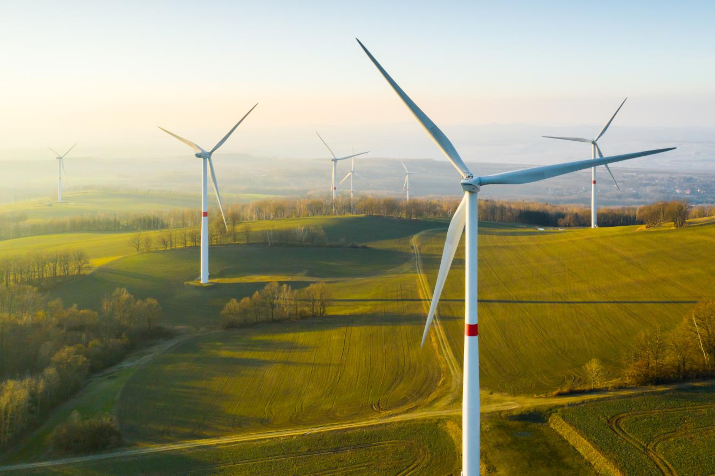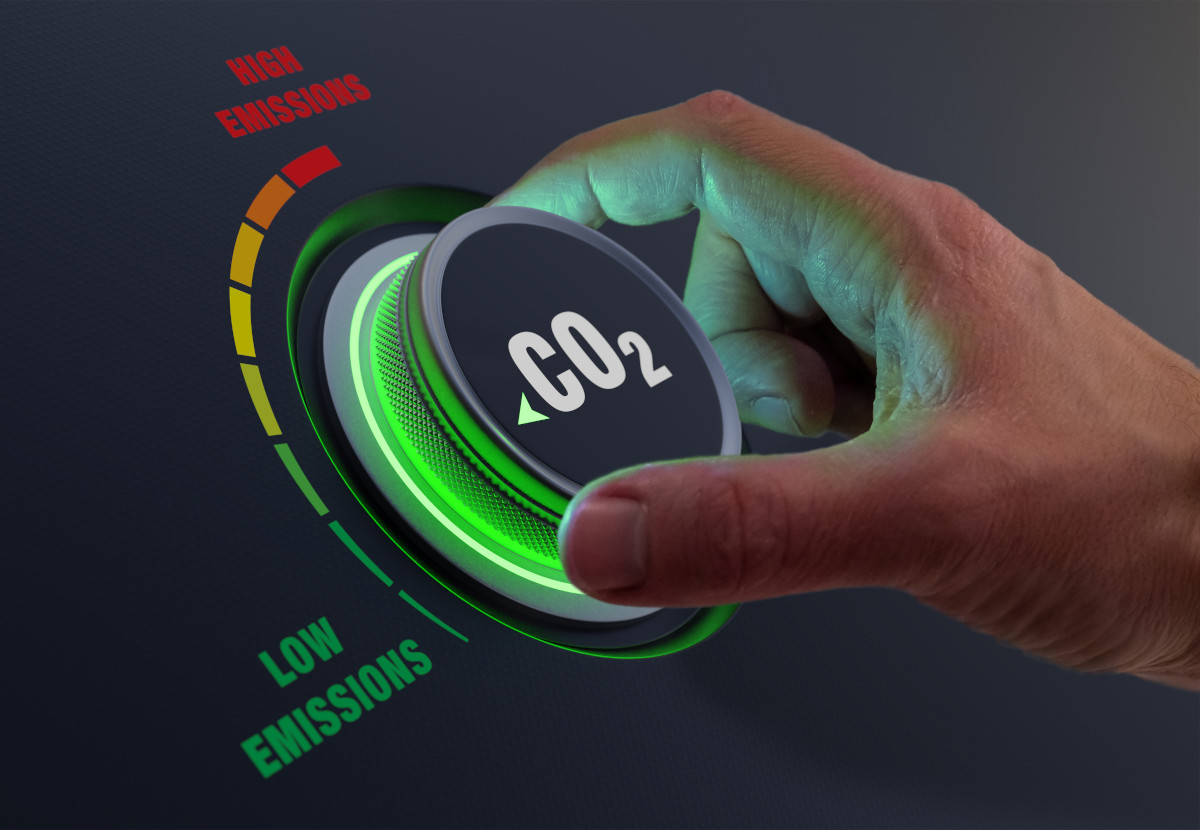Insight Focus
- EU carbon allowance prices will end the year up 5%.
- This masks a year of extreme price volatility.
- Europe is determined nothing will derail its climate goals.
European carbon allowance prices look set to end the year around 5% higher than where they ended 2020, as the European Union has underlined its climate ambition despite the onset of an energy crisis that saw natural gas prices rocket nearly seven-fold at one point.
Benchmark EU Allowances (EUAs) futures for delivery this month are trading just above €85/tonne on the ICE exchange, compared to €80 at the end of last year, but that narrow delta masks extreme volatility that accompanied Russia’s invasion of Ukraine in March.
EU carbon has traded between €55 and €99 this year, first pulled down by an exodus of investors in the wake of the invasion, before rallying to set a new record of €99.22 in August.
The volatility also reflected market reaction to European lawmakers’ insistence that the war in Ukraine, as well as cuts in the supply of natural gas from Russia, would not deter the Union from its ambitious climate goals.
Europe’s carbon market was already struggling with the recovery from the Covid pandemic when Russia invaded Ukraine in March.
The start of the invasion drove prices to a low of €55/tonne as investors fled to safety, and there was considerable speculation in the market that numerous Russian investors in carbon had been forced by rapidly-imposed EU sanctions to liquidate their holdings.
However, the recovery was almost as swift as the drop: prices fell from €95 to a low of €55 in just four days, but were back above €80 just ten days later, as the opportunity to purchase cheap compliance encouraged a wave of buying.
Traders were also speculating on political talks over reforms to the emissions trading system, which appeared to be driving Europe towards a much tighter carbon market. After an extremely drawn-out legislative process, the Council, Commission and Parliament finally reached an agreement on the package in the early hours of December 18.
The “Fit for 55” package, proposed in June 2020, was originally intended as part of the Green Climate Deal, a post-Covid “reboot” of the bloc’s economy to make it more sustainable and climate-friendly.

“Fit for 55” raises Europe’s economy-wide emissions target to a 55% reduction from 1990 levels by 2030. Part of the reforms include a significant tightening of the cap on emissions in the EU Emissions Trading System (EU ETS), targeting a 62% cut in emissions for companies covered by the market.
The package that was finally agreed will see a one-off cut of 117 million tonnes from the market’s overall cap in 2024 and 2026, a deeper reduction in the cap each year – 4.4% from the current 2.4% – and tougher allocation benchmarks that will reduce the number of free allowances given to industry at a faster rate.
The EU will also tap the market to generate funds to help member states transition away from Russian fossil fuels. The “RePowerEU” initiative, launched earlier this year, will get €20 billion of EU ETS funding through the auctioning of additional allowances.
This additional supply could amount to as much as 235 million EUAs at current prices, or around 18% of total market emissions in a single year.
Crucially, though, most of this new supply is in fact already budgeted for. Some of it will be in the form of member state auction volumes that were originally scheduled for the 2027-2030 period, while other supply will come from a EU ETS reserve that was set up to fund new technology.
As a result, the overall 2021-2030 cap on emissions isn’t affected, though the distribution of auction supply is “front-loaded” in order to generate the REPower EU funds.

Of course, the additional supply won’t come in one year, but will be spread out over the 2023-2025 period, but traders and analysts have already pegged this initiative as bearish for the market in the short term, and perhaps sharply bullish in the period between 2027 and 2030, when member state auction supply is particularly depleted.
Separate from the “Fit for 55” package was the agreement on a Carbon Border Adjustment Mechanism (CBAM), which has received immense amounts of attention since it was proposed in 2020.
The CBAM represents a levy on the carbon content of imported materials, designed to encourage EU trading partners to implement carbon pricing systems, and also to level the playing field for EU producers who must compete with countries where no carbon price exists.
CBAM will be gradually introduced starting in 2026, targeting sectors including iron and steel, cement, fertilisers, aluminium and electricity.
The introduction of the import levy will be accompanied by a gradual reduction in the number of free allowances handed out to EU industries, since CBAM removes the original justification for those free allocations.
The handouts will be reduced by 2.5% in 2026, 5% in 2028, 10% in 2029, 48.5% in 2030 and 73.5% in 2032 before all free allocations are eliminated by 2034.
The introduction of CBAM is seen as fundamentally bullish for the carbon market since it will bring into the market any remaining industrial companies that may have been able to get by on their free allocations, or with minimal purchases.
While the top-line political compromise has been concluded, much of the technical and legal detail of “Fit for 55” will be completed early in the new year, and the package is expected to become law around the end of the first quarter of 2023, Commission officials say.














